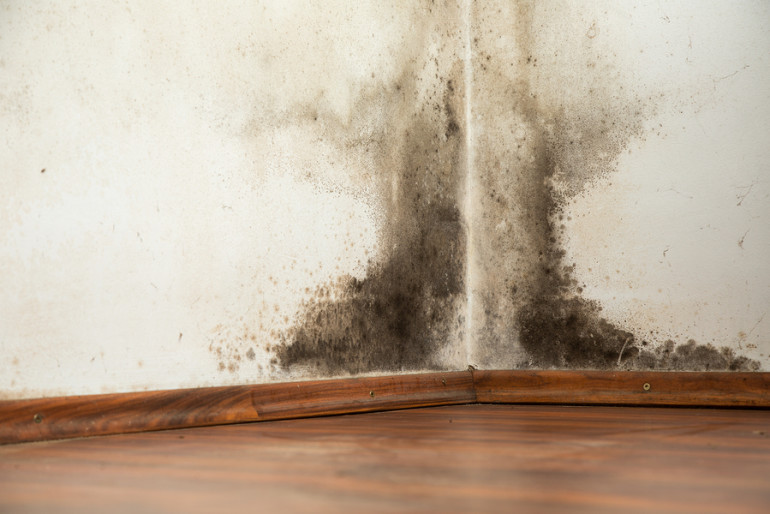Condensation is the water produced when warm moist air or steam meets a cold surface such as windows, walls or floors and it is sometimes so severe that householders believe their windows leak or that their house is structurally damp.
It’s often more of a problem in newer houses where doors and windows are more draught proof than in older properties, where there is central heating installed and there are no or fewer chimneys.
It is also more common in the colder months as we tend to keep windows and doors closed more.
Condensation can cause mold growth on walls and can damage clothes and furnishings.
To be able to control it, we need to reduce the sources of water vapour to a minimum and find the right balance between heating and ventilation in your home.
Tenants – did you know it is your responsibility to control condensation in your home?
The main causes of condensation are :
1. Boiling kettles and saucepans
2. Washing and drying clothes inside
3. Hot baths and particularly showers
To help keep condensation to a minimum, we’ve provided some guidelines below:
1. When washing and drying clothes or cooking, keep your kitchen door shut and open the window.
2. During and after showering, keep your bathroom door shut and open a window.
3. Air your property every day. Aim to open the windows for at least 10 – 15 minutes each day, except in the coldest weather.
4. Have bedroom windows slightly open at night, even the breath of a sleeping person contains a lot of water vapour.
5. Take advantage of dry, sunny days to give your property a good airing; and don’t forget the cupboards.
6. Always use extractor fans where fitted.
7. Never block up air bricks, flues, or ventilators.
8. If you use paraffin or flueless gas heaters, keep the windows open a little (every gallon of paraffin burned produces 1¼ gallons of water!).
9. Try to keep your property warm even if you are out during the day.
Dealing with Condensation and Mold
If you follow our guidelines, condensation will not be a serious problem but, however careful you are, it may still occur to a lesser degree in certain weather conditions.
If it does appear :
Always mop up condensation (on windowsills for example) as soon as you notice it. If it spills over, it may cause mould on walls or damp patches on carpets that are difficult to dry out.
If mould appears on walls or ceilings, wash it off carefully and straight away with a solution of one tablespoon of household bleach to a pint of warm water. If you give the mould spores time to get established, they will be more difficult to eradicate.
If mould appears on clothes or furnishings, brush off and air thoroughly – make sure the air can circulate.
Particular care should be taken to inspect for mould damage to walls behind portable wall units and furniture etc. We often place these close to a wall, which restricts the circulation of air which would normally dry off any moisture present on the surface so preventing mould growth. If mould spores are allowed to become established, the affected area needs to be given a fungicidal wash and decorated.
Please share if you think this helps.






















